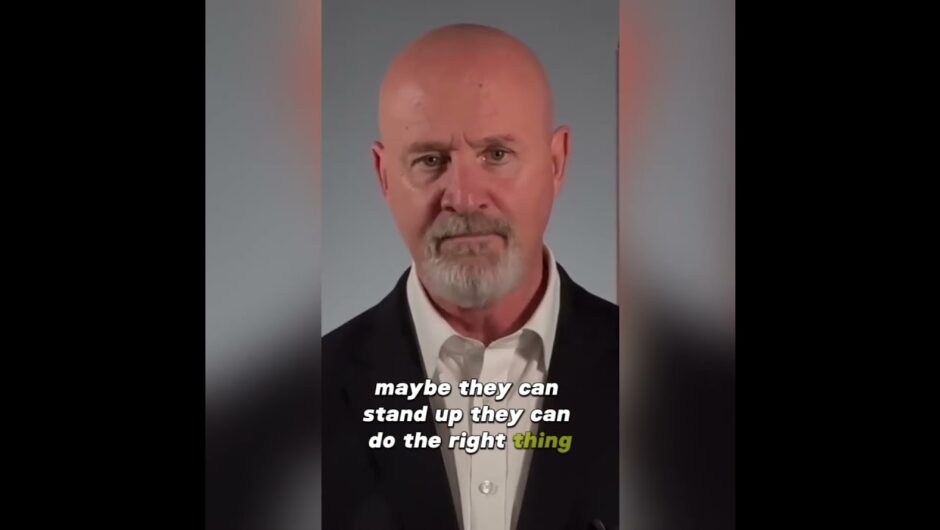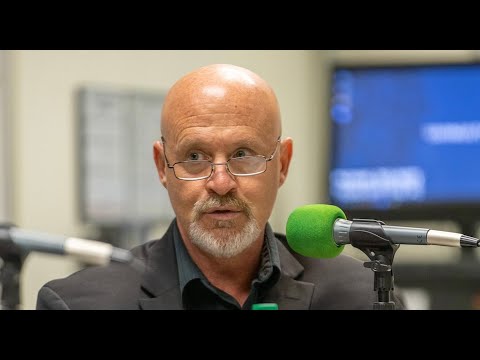Having thus woken up, investors have suddenly begun to demand a lot more to lend to governments over the longer term.
Indeed, the interest rate payable on 10-year US Treasury bonds has crept up from 0.5 per cent in the middle of last year to around 1.4 per cent now. The longer-term average is around 4 per cent.
Similarly, in Australia, the yield on 10-year Australian government debt has increased from a low of 0.7 per cent last year to around 1.7 per cent.
Over shorter-term lending horizons, like three years or five, the pressure has been less intense, but still there. Our Reserve Bank had to go into the market to buy up more three-year government bonds last week to meet its pledge to keep the cost of this debt at an ultra low 0.1 per cent.
Amid this financial market frenzy, it’s only fair for punters to wonder if mortgage rate rises may also be on the cards.
And when you see positive news about our economic recovery, as contained in Wednesday’s national accounts, it’s easy to get carried away.
But don’t.
The good news is the total volume of goods and services produced by Aussies shot up by 3.1 per cent in the final three months of last year, as Melburnians were released out of captivity and went on a mini spending spree.
It’s a stellar performance compared internationally, thanks largely to our success in controlling the spread of the virus, which has allowed life to return much closer to normal here than elsewhere.
Australians are spending again and our household savings rate – having reached 22 cents out of every dollar of income mid last year – fell back to 12 cents in the December quarter.
Shrinking savings is due to a combination of both rising spending and falling income. The first part is good news: we feel more confident and able to spend.

The RBA has outlined why it extended its bond purchase program.Credit:Dominic Lorrimer
The second part is ominous, reflecting the fall away in government support for household incomes via JobKeeper, JobSeeker, cash payments and early withdrawal of super.
This fall in the household savings rate, then, is partly a confidence story, but also partly a story of necessity for some cash-strapped households. As government support payments continue to fall, economists are hoping the first part of the story will outweigh the later. We’ll see.
As fiscal support is withdrawn – albeit with some likely top-ups around budget time – the onus will fall more heavily again on monetary policy and the Reserve Bank’s determination to keep interest rates low.
Reassuringly, the coronavirus crisis has only sharpened our central bank’s resolve to fulfil its mandate of achieving “full employment” in Australia, or something close to it.
Even before COVID, it was struggling to do this. Wages growth was tepid; inflation well below target. Companies were not investing. Workers did not have sufficient power to demand significant pay rises. And productivity figures were hardly backing their case for one.
I called it the “econo-meh”.
Importantly, even in this pre-COVID economy, inflationary pressures were insufficient to justify interest rate rises any time soon.
COVID only makes a return to sustainably higher wages and inflation even harder.
It will be mid-year before we’re even back to the level of economic output we had before the pandemic struck – longer still before we’re where we would have been absent a pandemic.
Of course, for economic life to return to normal, we still need international borders open again.

Bad for business: airports were empty for much of 2020, as travel restrictions curbed flights. Credit:Kate Geraghty
But the true task of rebuilding our economy after COVID goes well beyond that.
It goes right back to the same problems we were grappling with before the pandemic, of sluggish business investment and wages growth.
To really see inflationary pressures back on the agenda, we’d have to complete our original task of unleashing significantly more innovation and investment in our economy. Whether through radical tax reform or huge increases in investment in education and knowledge, that’s all likely to take time.
The task was huge before COVID. It’s even bigger now.
Loading
It’s true that, given bond market moves, fixed-term interest rate loans may not fall much further from here. Now is a good time to look at the potential savings from fixing in at ultra low rates.
But variable-rate borrowers can remove interest rate hikes from their list of things to worry about. That’s good news for household budgets.
But it’s a concerning sign about the strength of our economy in the years ahead. The road to true economic recovery is looking as long and bumpy as ever.
Jessica Irvine is a senior economics writer with The Sydney Morning Herald.
Most Viewed in Business
Loading






